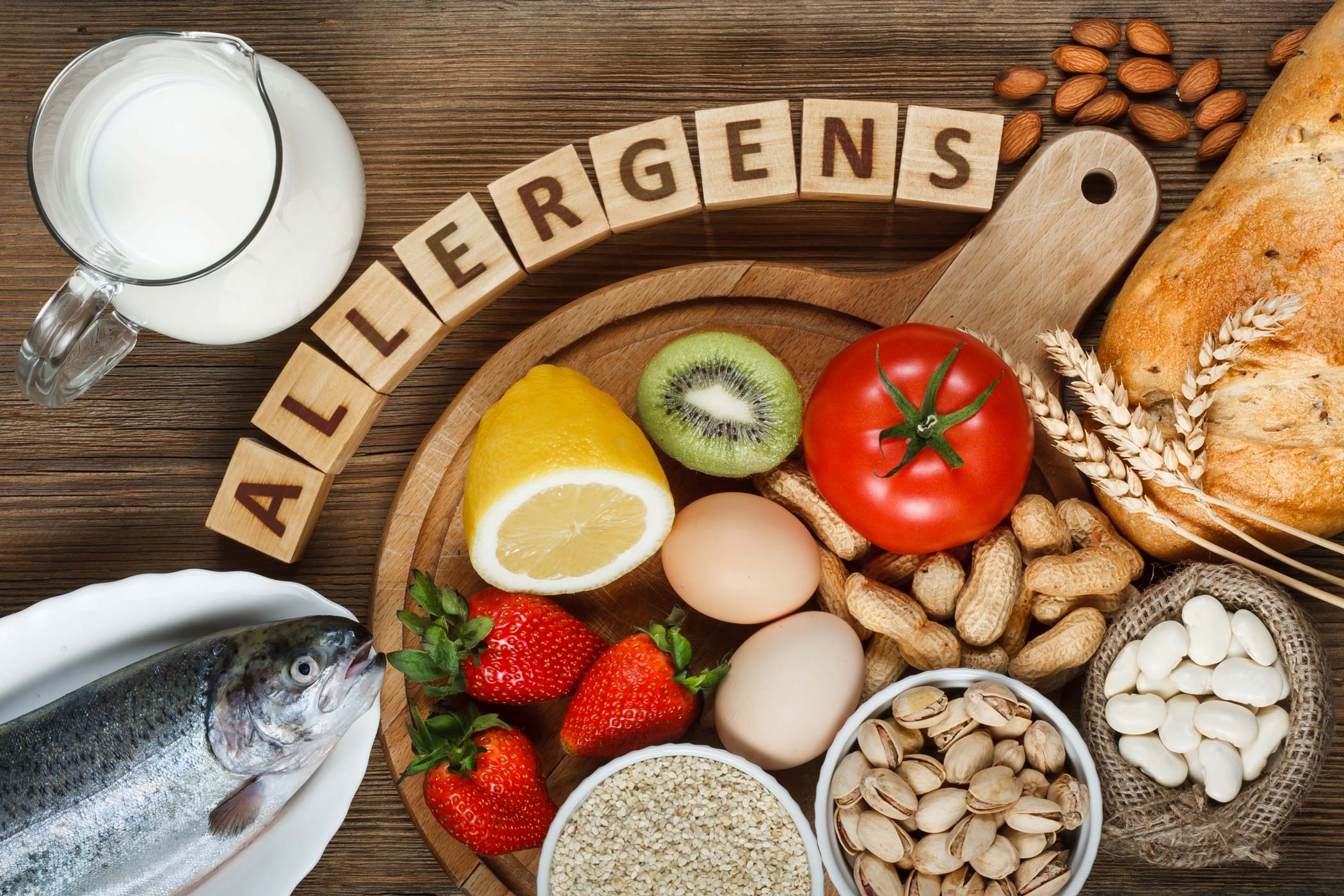Histamine, the chemical in your body that provokes an immune response; the allergy effect. Perhaps you have an allergy to pollen, or cats and dogs, but did you know it can also be caused by the food you eat? Certain foods contain levels of histamine that invoke an immune reaction. A low histamine diet targets these food groups and eliminates them, before slowly adding them back in to discover which ingredient is causing you woe.
In this article, we’ll discover more about histamine, its role, and which food groups may be at fault.
What is histamine?
You’ve probably heard the term before, histamine is a chemical involved in your body’s processes, including digestion, and the central nervous system, but the role you’re probably most familiar with is in the immune system.
If you’ve ever had watery eyes during hay-cutting season or sneezed because a friend’s cat was too close, then you’ve experienced the effects of histamine. The chemical is activated when in contact with an allergen (something you are allergic to) and creates a response in your body.
This is because as histamine is released and passes through your body, it causes a reaction––blood vessels swell and white blood cells are released to find the problem. As your cells strive to find the supposed aggressor, in this case, the allergen, they cause you to feel all sorts of nasty symptoms––headaches, itchiness, feeling flushed, congestion, etc., commonly associated with allergies.
But, while it might be easy enough to avoid your friend’s cat or avoid certain parts of the area during hay-season, food is another story.
Histamines in your diet

Food histamines can cause an immune reaction and leave you feeling not quite yourself. Headaches, skin irritation, toilet issues; these are all symptoms that can be caused by this chemical.
But, like most things in life, not all histamines are created equal, and your diet is likely to contain high and low histamine foods and even those that have lower levels of histamine but provoke a response from your immune system. This can include:
- Itching and a rash;
- Sleep problems;
- Chronic fatigue;
- Diarrhea;
- Asthma;
- Sneezing and congestion;
- Low blood pressure and dizziness.
Not all histamines will cause you problems, just as you might be allergic to cats, but not have hay fever, for example. One way to find out which element is the issue is through a special dietary technique.
What is a histamine intolerance diet?
A histamine intolerance diet is a dietary technique used to identify and eliminate which histamine-inducing food may be causing you problems. This involves eating a completely histamine free diet for between 14-30 days before reintroducing the main suspects (foods high in the chemical) one by one to see which the culprit is.
Below we’ll look at some of the foods that are considered “high risk” and those that are “safe” for someone on a low histamine diet.
High and low histamine food list
If you’re undertaking an elimination diet, this is the go-to low histamine food chart to look out for when planning your meals.

Low histamine foods
These foods generally contain low amounts of histamines and are generally considered safe to eat if you have a histamine intolerance:
- Eggs;
- Fresh vegetables––carrot, beets, sweet potatoes, etc. (excluding the usual offenders of tomatoes, avocado, spinach, eggplant);
- Fresh fruit (excluding strawberries and citrus fruits);
- Olive and coconut oil for cooking;
- Rice and quinoa (gluten-free only);
- Fresh fish;
- Non-dairy milks (coconut, rice, almond, etc.);
- Freshly cooked meat including chicken.
High histamine foods
Below are the main culprits that could be causing you those not so pleasant symptoms. If you wish to follow a low histamine diet, these foods are best avoided:
- Alcohol;
- Cheese;
- Mushrooms;
- Processes meats and fish;
- Fermented products––kombucha, sour cream, buttermilk, yogurt;
- Smoked fish;
- Certain vegetables including tomatoes, eggplant, spinach;
- Pickled foods;
- Certain types of nuts.
Histamine-releasing foods
While these foods may not contain high levels of histamine, they cause your body to release its own stores, creating the same end-effect for you:
- Bananas;
- Shellfish;
- Strawberries;
- Nuts;
- Cow’s milk;
- Chocolate and other dairy products;
- Alcohol;
- Artificial preservatives and dyes.
Benefits and drawbacks of a low histamine diet
After following a low histamine diet for more than 14 days, many people who have an intolerance find relief. As they introduce more and more foods from the risk category, they may start to experience symptoms again.
At this point, it is vital to take note of what you ate and when, as it will help you pinpoint which food is to blame. While the benefits for a low histamine diet are clear––you’ll feel better––it is not a diet to be followed long-term.
Once you have established which food is causing the histamine reaction, it’s vital you return to eating a varied diet to ensure your body receives the nutrients it needs to thrive.
Warning!
If you believe you have a food histamine intolerance, before undertaking any special dietary measures, please consult your physician who may be able to rule out any underlying causes for you symptoms and may order a blood test to try to confirm which element is to blame.






























 FITNESS MOTIVATION
FITNESS MOTIVATION




